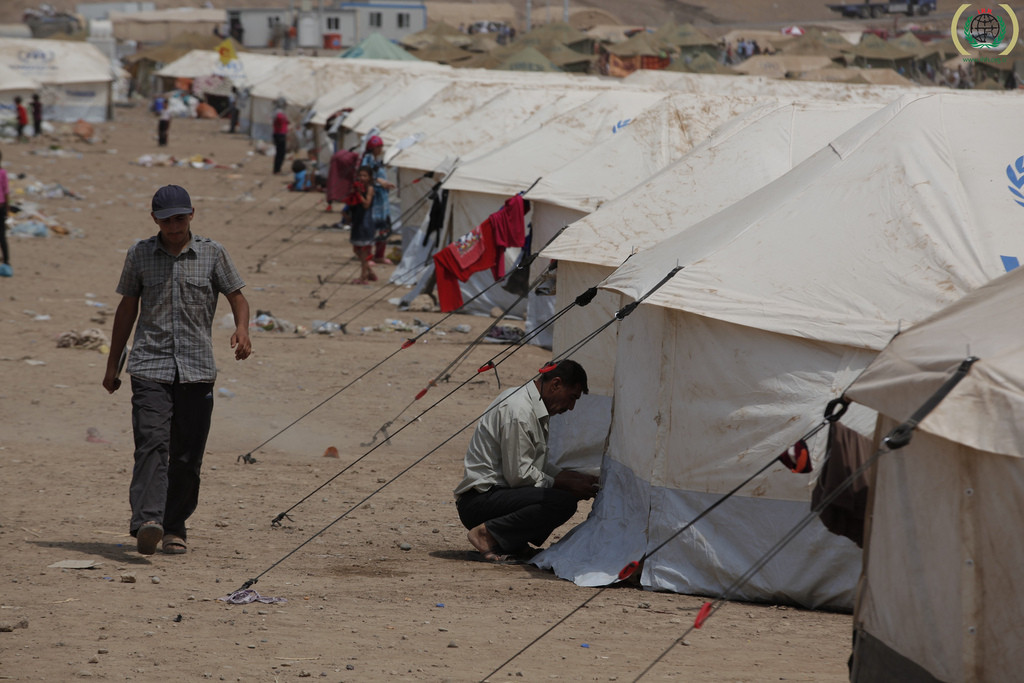Minding the humanitarian-development gap

In the mid 1980s, I worked on a huge relief operation in eastern Sudan for some 1.4 million people fleeing the conflict and famine in Ethiopia. Thirty years later, the descendants of those refugees are still in Sudan where they continue to receive support – albeit meager – from the international community.
Eastern Sudan is the new normal. The average time a refugee or displaced person spends in a camp or, increasingly, in some other form of limbo is measured in decades rather than months or years. Every new crisis adds to the stock of unresolved ones that are known in the relief industry as ‘protracted’ situations.
Now, with the arrival of Syrian refugees in Europe, western governments are getting serious about the challenge of providing better prospects for displaced people with little hope of a better future in what, we’ve discovered, are not such faraway places. Last week’s London conference on Syria raised $10 billion in an effort to win the continued forbearance of host countries in the region and improve the lot of refugees there.
Alleviating the impact on host communities and their ‘guests’ are two sides of the same coin that has been tossed around for the past 30 years. The standard call is for the development players – with their financial clout – to step in sooner, allowing humanitarian actors to focus on emergency relief. But that kind of neat, sequential changing of the guard has never worked. Funds for development are divvied up among developing countries and decisions about how they are allocated rest in part with the recipient countries themselves. Few of them are inclined to allocate their scarce development funds to people from other states or to marginal communities within their own.
Even if they were willing to consecrate part of a larger envelope of funding to displaced people, standard development programs have had a poor track record in delivering the security, opportunity and justice that are the building blocks of stability. The World Bank predicts that by 2030 almost half of the world’s poor will live in countries affected by fragility, conflict and violence.
That’s an ominous prospect that should drive a shift towards crowding-in development agencies much earlier in the cycle while also encouraging them to be more daring and flexible. As the High Level Panel on Humanitarian Financing says in its recent report to the UN Secretary General, this means less – or later – institution building, which comes straight from the development playbook, and more focus on immediate benefits to ordinary people, offering them a ‘stability dividend’ as they emerge from crisis. The panel also calls for joint humanitarian-development planning and new financial instruments to pay for basic services and livelihood programs before longer-term development approaches kick in.
As the international community returns to this theme in the run-up to the May World Humanitarian Summit, both humanitarian and development actors should play their respective parts in bridging the gap while listening more intently to beneficiaries and acting on what they learn. As Europe has seen over the past 9 months, things fall apart when desperate people feel ignored and decide to take matters into their own hands.
